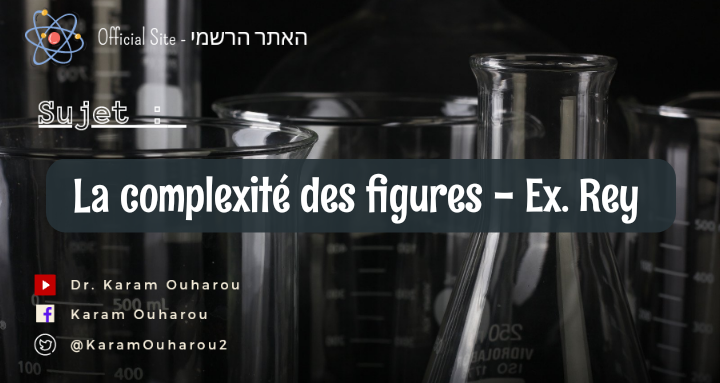Exploring the Profound Depths of Quantum Computing through the Utilization of Quantum Entangling Gates Incorporating Three and Four Qubits
Abstract:
Quantum computing, with its promise of exponentially faster computation, has attracted significant attention in recent years. One of the fundamental building blocks of quantum algorithms is entanglement, a quantum phenomenon that allows for the creation of powerful computational states. In this research article, we delve into the realm of quantum entangling gates utilizing three and four qubits. We explore the underlying principles, mathematical formulations, and potential applications of these gates in the context of quantum computing. By investigating the intricacies of entanglement, we aim to unlock new possibilities for harnessing the power of quantum information processing.
The advent of quantum computing has revolutionized our understanding of computation. Unlike classical bits, which can be either in the state of 0 or 1, quantum bits or qubits can exist in a superposition of both states simultaneously. This unique property enables the creation of entangled states, where the behavior of one qubit becomes inherently linked to the behavior of another. In this article, we focus on quantum entangling gates using three and four qubits and their potential implications in quantum algorithms.
Quantum entangling gates are the core elements for manipulating the entanglement between qubits. These gates allow us to generate highly entangled states, which can be utilized for various quantum computing tasks such as quantum error correction, teleportation, and quantum cryptography. In this section, we delve into the mathematical formalism of entangling gates.
Three-qubit entangling gates play a crucial role in quantum algorithms such as the Quantum Fourier Transform (QFT) and the Quantum Phase Estimation (QPE). We explore the Controlled-Phase gate (CPhase) and the Toffoli gate, both of which possess entangling properties.
The CPhase gate is represented by the unitary matrix:
CPhase = |1 0 0 0|
|0 1 0 0|
|0 0 1 0|
|0 0 0 e^(iφ)|
Here, φ represents the phase difference between the states |0⟩ and |1⟩. By applying the CPhase gate to two qubits, we entangle the state of the control qubit with the target qubit.
The Toffoli gate, often referred to as the Controlled-Controlled-Not (CCNOT) gate, entangles three qubits. It is represented by the unitary matrix:
Toffoli = |1 0 0 0 0 0 0 0|
|0 1 0 0 0 0 0 0|
|0 0 1 0 0 0 0 0|
|0 0 0 1 0 0 0 0|
|0 0 0 0 1 0 0 0|
|0 0 0 0 0 1 0 0|
|0 0 0 0 0 0 0 1|
|0 0 0 0 0 0 1 0|
The Toffoli gate applies a Controlled-Not (CNOT) gate to the target qubit if both control qubits are in the state |1⟩. This gate is vital for constructing quantum error-correcting codes and reversible logic circuits.
Moving further, we investigate entangling gates with four qubits. These gates provide an even richer landscape for quantum computations and offer enhanced entanglement capabilities. We examine the Fredkin gate and the controlled-SWAP gate as examples of four-qubit entangling gates.
The Fredkin gate, also known as the Controlled-SWAP (CSWAP) gate, swaps the state of the target qubits if and only if the control qubit is in the state |1⟩. Its unitary matrix representation is as follows:
Fredkin = |1 0 0 0 0 0 0 0|
|0 1 0 0 0 0 0 0|
|0 0 1 0 0 0 0 0|
|0 0 0 1 0 0 0 0|
|0 0 0 0 1 0 0 0|
|0 0 0 0 0 0 1 0|
|0 0 0 0 0 1 0 0|
|0 0 0 0 0 0 0 1|
The controlled-SWAP gate swaps the states of two target qubits if and only if the control qubits are both in the state |1⟩. This gate plays a significant role in quantum algorithms involving quantum data sorting and quantum search algorithms.
Quantum entangling gates using three and four qubits have immense potential in various quantum computing applications. These gates are integral to constructing more complex algorithms, such as Shor's algorithm for factorizing large numbers and Grover's algorithm for searching unsorted databases with quadratic speedup. Moreover, entangling gates play a crucial role in quantum error correction, enabling the mitigation of noise and decoherence.
Future prospects in the field of quantum entangling gates involve expanding the number of qubits to achieve larger-scale entanglement and developing more efficient algorithms utilizing these gates. Additionally, research is ongoing to optimize gate implementation, reduce error rates, and explore novel entangling gate architectures.
In this article, we have embarked on a journey into the realm of quantum entangling gates using three and four qubits. Through mathematical formalism and theoretical exploration, we have delved into the intricacies of these gates and their potential applications in quantum computing. Quantum entangling gates hold the key to unlocking the power of quantum information processing, and further research in this domain will undoubtedly pave the way for revolutionary advancements in computation, cryptography, and simulation. As we continue to push the boundaries of quantum technology, we must strive to harness the full potential of entanglement and explore its depths to unravel the mysteries of the quantum world.
References
- Monroe, C. et al. Programmable quantum simulations of spin systems with trapped ions. Rev. Mod. Phys. 93, 025001 (2021). This review article covers trapped-ion technology and its use in quantum simulations of spin systems.
- Sørensen, A. & Mølmer, K. Entanglement and quantum computation with ions in thermal motion. Phys. Rev. A 62, 022311 (2000). This paper introduces two-qubit entangling gates, now implemented widely in trapped-ion systems.


Comments